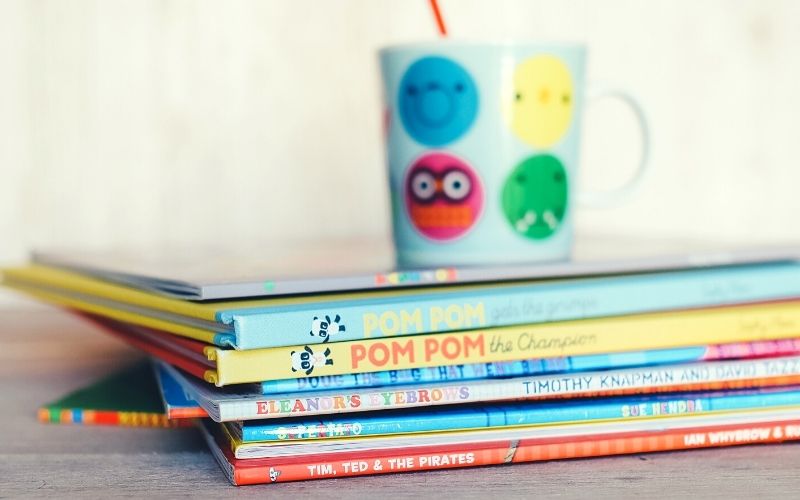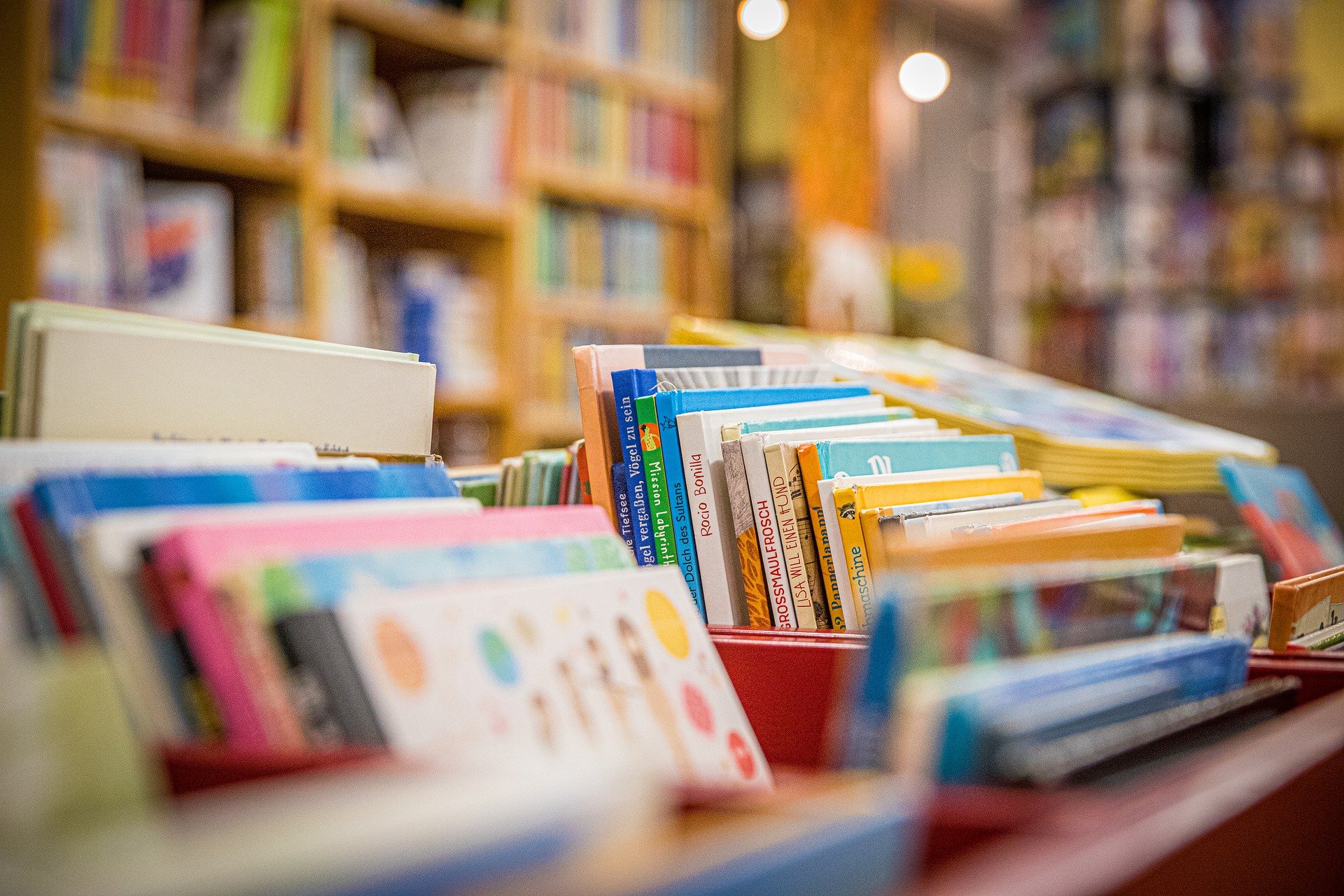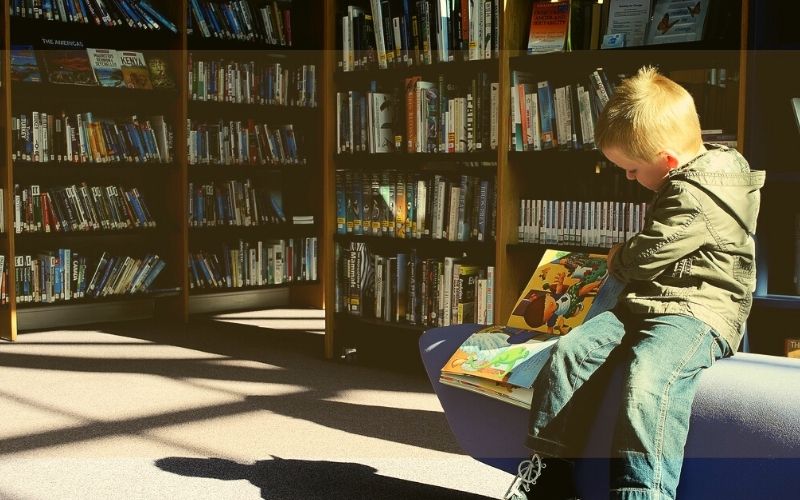
What is a reading log, and how do you use it?
One of the best tools in a reader’s toolkit is the reading log. If you’re working on creating good reading habits in your child’s life, then a reading log is a wonderful companion to go along with that.
What is a reading log?
A reading log is a list of books that a reader has completed— also sometimes called a book journal. It can be as simple as a list of title written on a piece of paper, or as complicated as an intricately-tagged Goodreads shelf. However they’re done, reading logs are a great addition to any book lover’s toolkit.
You might already be familiar with reading logs as part of your family’s library or school adventures. English classes often assign some form of reading log/book report as weekly homework, and Summer Reading Clubs at libraries usually have a reading log for participants to fill out.
While those temporary reading logs can be useful for those specific purposes, it’s a great idea to have a separate, personal reading log for each reader in your family. One that they don’t have to turn in at the end of class, or at the end of SRC!

Why should kids keep a reading log?
Keeping a personal reading log can help develop skills that can be carried throughout a child’s life: writing informatively, critical thinking, plot and character analysis, and a deeper understanding of how fiction works are just some of the benefits. Regularly writing about books they’ve read will help kids think more deeply about the book itself and their own experiences and thoughts of the story.
On the personal side of things, a reading log can help kids figure out what kind of books they like to read and which they’d like to avoid. Sometimes it’s not always obvious what kind of genres or stories resonate with a reader until you have a log to look back on. For instance, if their log has dozens of entries about how much they loved reading the Boxcar Children mysteries, then it might be a good idea to focus on finding books similar to those ones.
A reading log also makes it easier to keep track of reading programs progress or school assignments. If you child participates in Accelerated Reader or a book club, their reading log can help them keep track of their goal– and they can refer back to it if they need a specific title to take a quiz on.
If your child does a lot of English assignments, they can use their reading as a starting point for school book reports or writing homework. Since they’ve already done some of the analysis in their own log, they can build on what they’ve started to write a more in-depth report for school!
That said, since it’s not an “official” reading log, there’s less pressure to make it perfectly presentable, which can get kids exploring their own personal writing style. It’s also super fun to customize a reading log exactly to the reader’s taste, which might not be possible to do with a book report for school.
And finally, it’s really fun to look back on what they’ve read over the years. I have my own reading log that I started in high school, and it’s a hoot to see what I was reading when I was 14– totally different stuff from what I’m reading now! A reading log can be a place to keep memories as well as book titles.
Why shouldn’t kids keep a reading log?
A word of caution: reading logs that are a REQUIREMENT or that have RULES and EXPECTATIONS will entirely drain any desire to make one. And it may do more harm than good!
There’s a reason many students HATE book reports or school-assigned reading journals: it turns reading into a chore and sucks all the fun out it.
Reading logs, though wonderful for many reasons, can be just as soul-sucking as any school assignment if they aren’t 1000% voluntary. I encourage you to give kids as much wiggle room as possible with their reading log. Let them decide what info to put on it. Don’t force them to finish a book just to put it on the log. Don’t have “must read 5 books by this time” rules, or insist on checking up on their reading logs to “make sure they’re doing it.” Please do NOT make them keep track of how long they were reading for– time-tracking is probably the most soul-draining thing I can think of.
And DON’T give rewards for doing a reading log, or for reading a certain amount of books. Tying the completion of a reading log into a physical rewards creates an external motivation that could drop away at any time.
Use the reading log as a OPTIONAL TOOL to help your child in their reading journey. The goal is to get them interested in maintaining the reading log themselves, to develop the INTERNAL motivation to keep a reading log because they’re interested in seeing what happens. This means being pretty hands-off. Get them set up for their reading log, and then take a step back.

Creating a reading log
The actual reading log itself can be almost anything you want it to be, though I recommend keeping it somewhere a) easily accessible and b) in a consistent location. Switching from paper to digital to paper again might cause the log-keeper to lose a title or two, which can really mess with the system. Try to pick one reading log location and stick with it.
The easiest way to start is just by using a paper notebook. My first reading log was a $0.50 composition book from Staples, but even a printable reading log sheet would work (keep the pages in a binder so they don’t get lost!).
If your family is more techy, you might want to try an online reading log. A reading log in Google Sheets is free and easy to use, and you can customize it as much as you want.
Prefer a website option? Try these ones (all free):
- Goodreads
- LibraryThing (my favorite)
- Biblionaseum (great for kids to use themselves)
- StoryGraph
Not only can you keep track of your reading with these sites, but you can also catalog your entire book collection! Very handy.
What to include in a reading log
So now you know what a reading log is and have a place to keep it. What should you include in your log?
The very basic info to have is:
- Book Title
- Book Author
- Date Read (or at least when it was finished) (NOT how long it took to read!)
- A few sentences of what you liked or disliked
Some additional ideas: book genre, page count, where the book came from (library, bookstore, gift, etc.), if it’s part of a series, if you read it for a reading program, discussion questions for book club, a picture of the cover, drawings of the characters.
You can totally customize what you want to include in a reading log, and it can change over time. My early reading logs were very basic, and my current log is much more detailed as I’ve figured out what kind of info I want to keep track of.
But it doesn’t matter where the reading log is, or what it looks like, or what info it keeps. What matters is getting into the habit of keeping a log– and the very first step for THAT is to just get started.
Further resources
Why I hate reading logs: a mother of young readers talks about their difficulties with reading logs.
3 Alternatives to Reading Logs: this is more for the classroom setting, but it does talk about WHY reading logs can be harmful for certain kinds of readers.
Pros & Cons of ‘Reading Logs’: a high school teacher talks about the benefits of reading logs (again, in a school setting).


